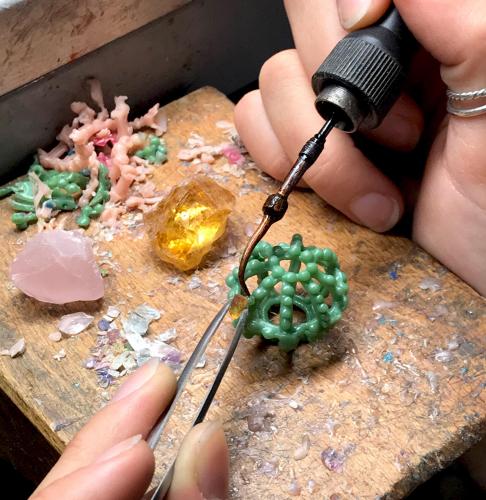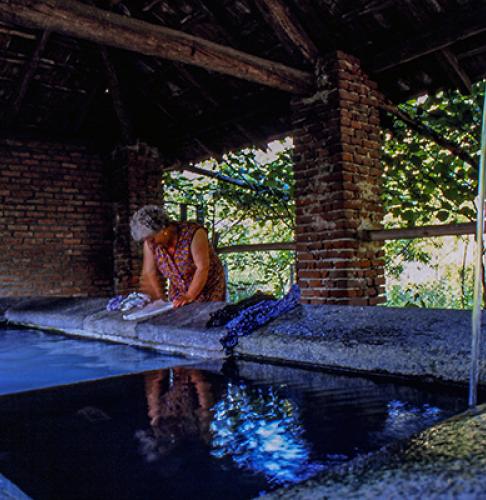The Coat of Arms of Angera
The coat of arms used today in Angera is from the Visconti family who held Milan and its territory from the end of the 13th century to 1447, first as Lords and then from 1395, as Dukes and imperial leaders. Their emblem is of a shield depicting a seven-coiled serpent that is holding a human being in its mouth. The origins of this image are unknown though there are a number of legends that attempt to justify and explain the meaning.
Some historians believe that the symbol refers to the bronze serpent of Moses preserved in the Basilica of S. Ambrogio, and that the Visconti may have adopted it as their emblem after becoming lords of Milan. One of the most famous legends, recorded by both Galvano Fiamma and Bonvesin De La Riva, is the story of when a member of the family Ottone Visconte participated in the siege of Jerusalem during the first crusade in 1099. Ottone fought against a valiant Saracen named Voluce, who on his shield wore the emblem of a snake devouring a human being. Having defeated him, Visconte appropriated the shield, and to celebrate the victory, adopted the serpent as the symbol of his family. The episode is also mentioned by Torquato Tasso in La Gerusalemme Liberata (Book I, LV):
"O’l forte Otton, che conquistò lo scudo,
in cui dall’angue esce il bambino ignudo."
O strong Ottone, who conquered the shield,
on which from the serpent comes forth the naked child.
Another colourful legend recounts the deeds of Uberto Visconti who is said to have killed the dragon Tarantasio that infested Lake Gerundo, an ancient stretch of water just outside Milan. The dragon destroyed boats and threatened to kill the inhabitants of the city with his noxious breath. Variations on the legend are widespread, and in many parts of the territory once dominated by the Visconti are adapted to local environments and landmarks including Angera, where the dragon in question was said to live in the cave at the foot of the Visconti fortress.
Not everyone knows that the Community of Angera has its own coat of arms, a beautiful tree well-rooted in the ground, with a sturdy trunk and branches full of green leaves that stand out in a blue sky. Local historians are currently investigating the origin of this heraldic image, its dates and the history that revolves around it.












